
With more and more people becoming aware of green building concepts, the demand for eco-friendly products has witnessed a sharp increase. The core concept is to reduce the carbon footprints which is the topmost priority today among architects, homeowners, builders, and construction contractors. This is because adopting green building concepts is found to considerably reduce adverse environmental impacts. Also, it leads to a reduction in operating expenses and an improvement in project marketability.
To promote green building practices in the construction sector, several initiatives have been taken all across the world that aims to reduce the project’s carbon footprints without affecting the aesthetical and functional quotient of the project. From poduct recycling to waste reduction, water conservation, and energy savings, there are lots of elements that lead to a sustainable and greener lifestyle and reduce the impact of commercial activities on the planet.
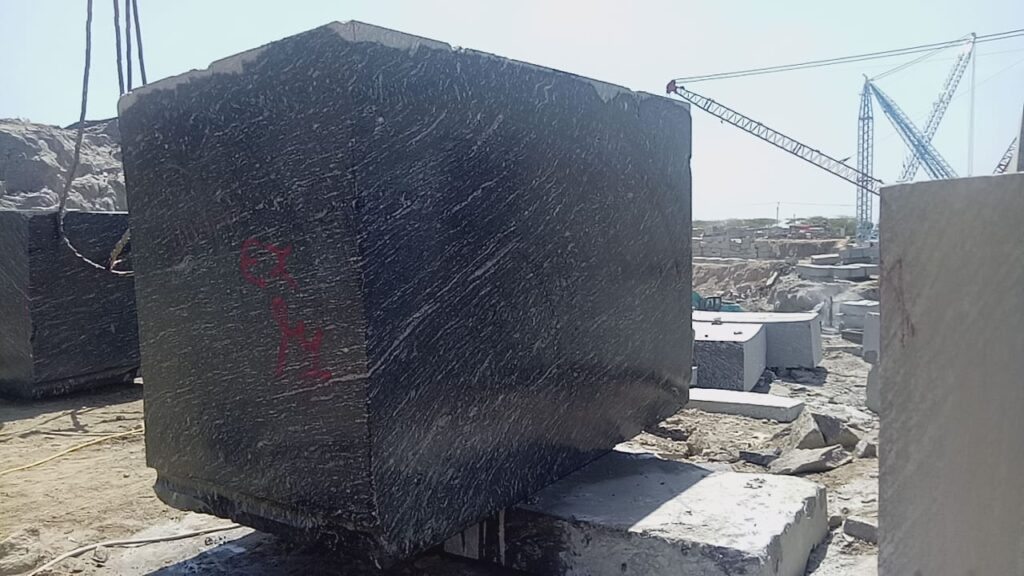
The Use of Natural Stone
For ages, natural stones have been used worldwide as a way to keep environmental elements in check. Not only do these natural elements look pretty but they do play a pivotal role in promoting greener building practices. One popular natural stone is granite that is widely used in a large number of construction projects worldwide.
What does the term “Green” refer to?
The environmental effect or carbon footprint of any object relies on a large number of factors. To determine the green quotient of a product, these factors must be examined. They can be:
| Origin | Manufacturing | Transportation |
| Packaging and installation | Maintenance | Disposal |
Now, let’s inspect granite in regard to all the aforementioned factors:
- Origin
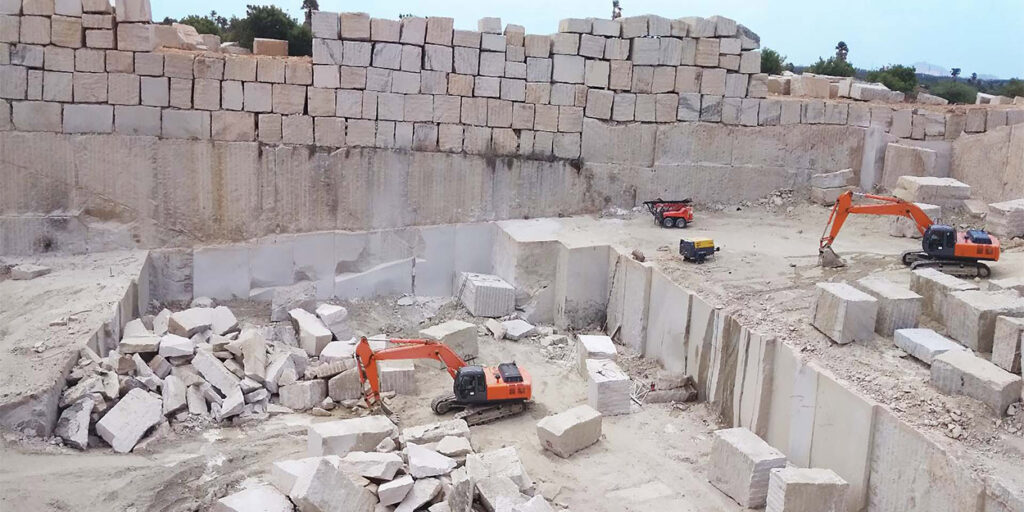
Granite is not considered a resource that can be renewed. It is an outcome of a natural process that takes place beneath the earth for millions of years. Granite is an igneous rock and an end result of magma which cools down and comes out in the form of granite.
Granite is mainly composed of natural quartz and feldspar with refined levels of mica, amphiboles, and other organic constituents. The mineral configuration of granite typically lends the stone a red, pink, grey, or white color with dark-hued grains noticeable throughout the surface, though various kinds of astonishing granite include hues like green, blue, gold, and black.
- Manufacturing
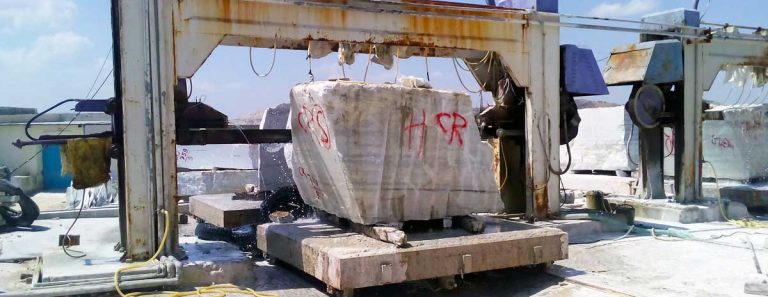
A granite supplier doesn’t make granite. The stone is extracted from various quarries spread in different parts of the world. It is taken in the form of rough blocks and then processed into various configurations for a variety of applications. Quarrying is known to make the biggest impact on the environment during granite processing as it involves the use of heavy diesel-based machinery. Cutting the granite blocks also involves the use of heavy machinery that relies on electricity and large quantities of water. However, the carbon footprint of the process can be similar to that of cutting wood from natural sources.
- Transportation

In the US, a large portion of granite comes from other countries mainly India, China, and Brazil. The granite importers procure granite slabs wholesale via the sea route. From the port, these slabs and transported through big trucks and trailers certainly make some kind of impact on the environment. The distance between the US and the country from where the stone is imported defines the level of greenhouse emission during transportation.
- Packing and Installation
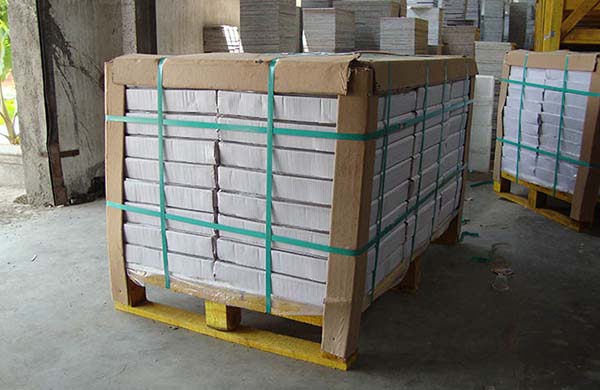
A majority of granite suppliers transported the items as granite slabs wholesale protected to ecological pallets, which means packaging materials don’t pose a threat to the environment. Granite deals do need to process the slabs prior to installation which leads to a huge amount of stone dust and unstable organic amalgams into the environment. However, notable granite countertop suppliers feature the latest facilities and keep a check on the health and safety regulations when carrying out this task, decreasing the environmental and health threat to trivial levels. They also make use of non-toxic adhesives during installation, which further reduces the granite carbon footprint.
- Maintenance
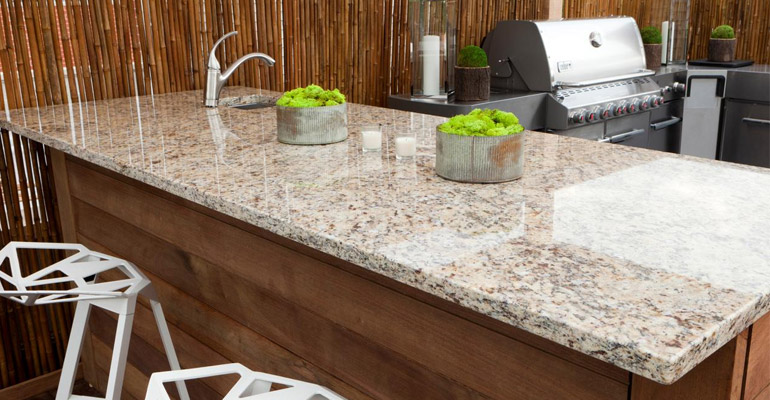
When it comes to maintaining a granite stone piece in great condition, it requires a soft wash using a mild detergent. So, there is no major environmental impact of granite particularly at this stage. As granite is resistant to scratches, stains, and chips, there is no special cleaning agent required to clean the stone.
Ecological Features of Granite
Nearly all types of stone can be recycled during the deconstruction of a project. Moreover, it can be used in several other projects in the crushed form like cement, or as a base in artificial coatings.
Enables an extended life cycle
Resistant to atmospheric elements better than other options
Improved durability, in most cases, it lasts till the end stage of the building
Sustainability of Granite Exploration
- Water Usage – Minimal use of freshwater for granite processing with restoring good quality water back to the environment
- Innovation – Encourage continuous environment and industry transformation
- Health and wellness – Ensure that quarry and processing unit workers are given a safe and healthy work environment
- Chemicals – Efficient management of chemicals during operations and avoid the use of strong chemicals
- Energy efficiency – Energy-efficient procedures with lesser carbon influence
- Quarry Operations – Site-based measurement plans to guarantee answerable management of environmental impressions
- Land reclamation – Accountable and sustainable recovery of quarry land once the operation is done
- Transport – Ensure efficient use of vehicles for stone transportation
Traits That Make Indian Granite an Environmentally-sustainable Building Material
Green Certificate – A leading Indian granite supplier would provide granite stone with a green certificate which is itself a testament that the quarry and stone processing tasks are done using greener practices.
Lesser Maintenance – While choosing Indian granite slabs wholesale, one can be confident of getting high-quality material which itself means it would need lesser maintenance in the long run.
Non-toxic – Granite makes no use of harmful and toxic chemicals which negates the chances of exposure to toxic gases from the stone.
Recyclable – One major attribute of granite is that it can be recycled and doesn’t pose any threat to the environment. For example, the used granite countertops can be crushed for landfills and other construction applications.
With easy availability, environment friendliness, wider varieties, and competitive prices, Indian granite remains the first and foremost choice of construction material among contractors, architects, builders, and homeowners.
